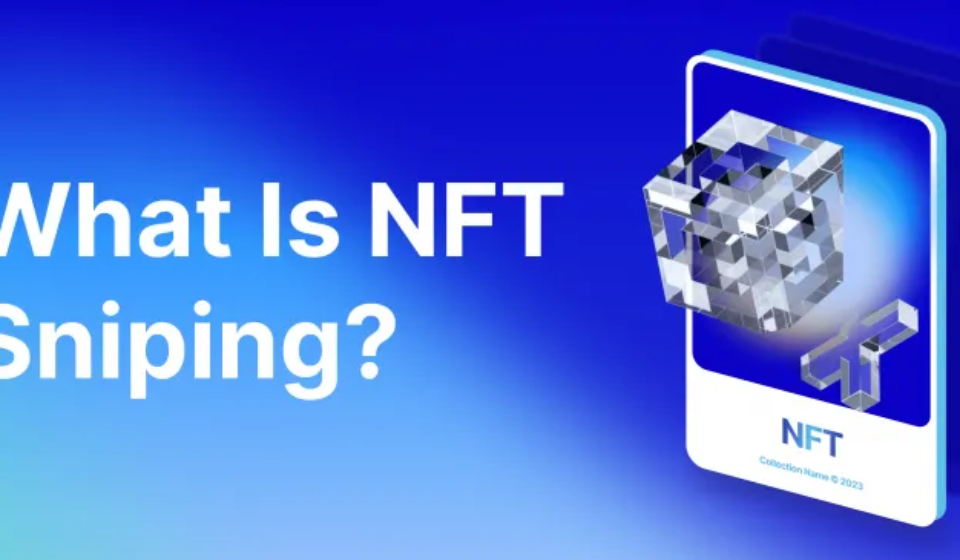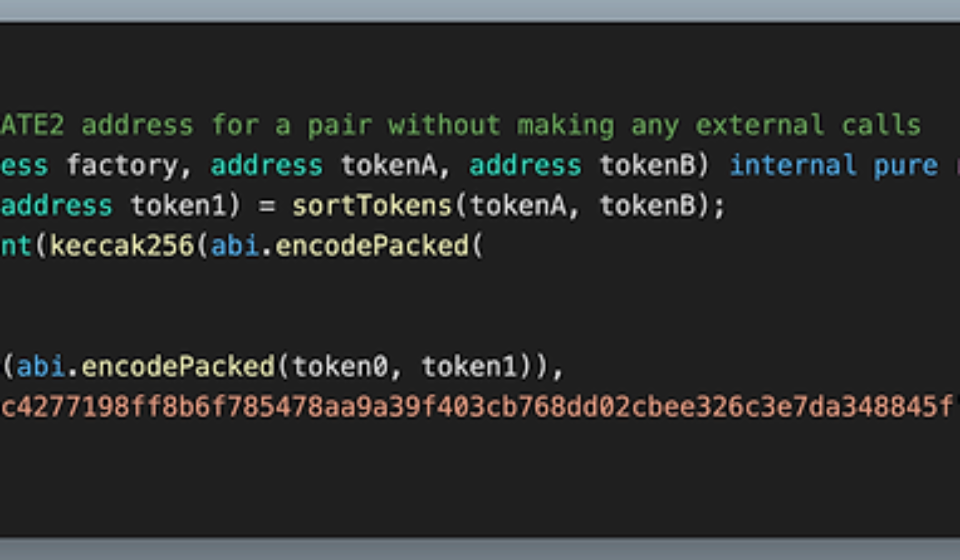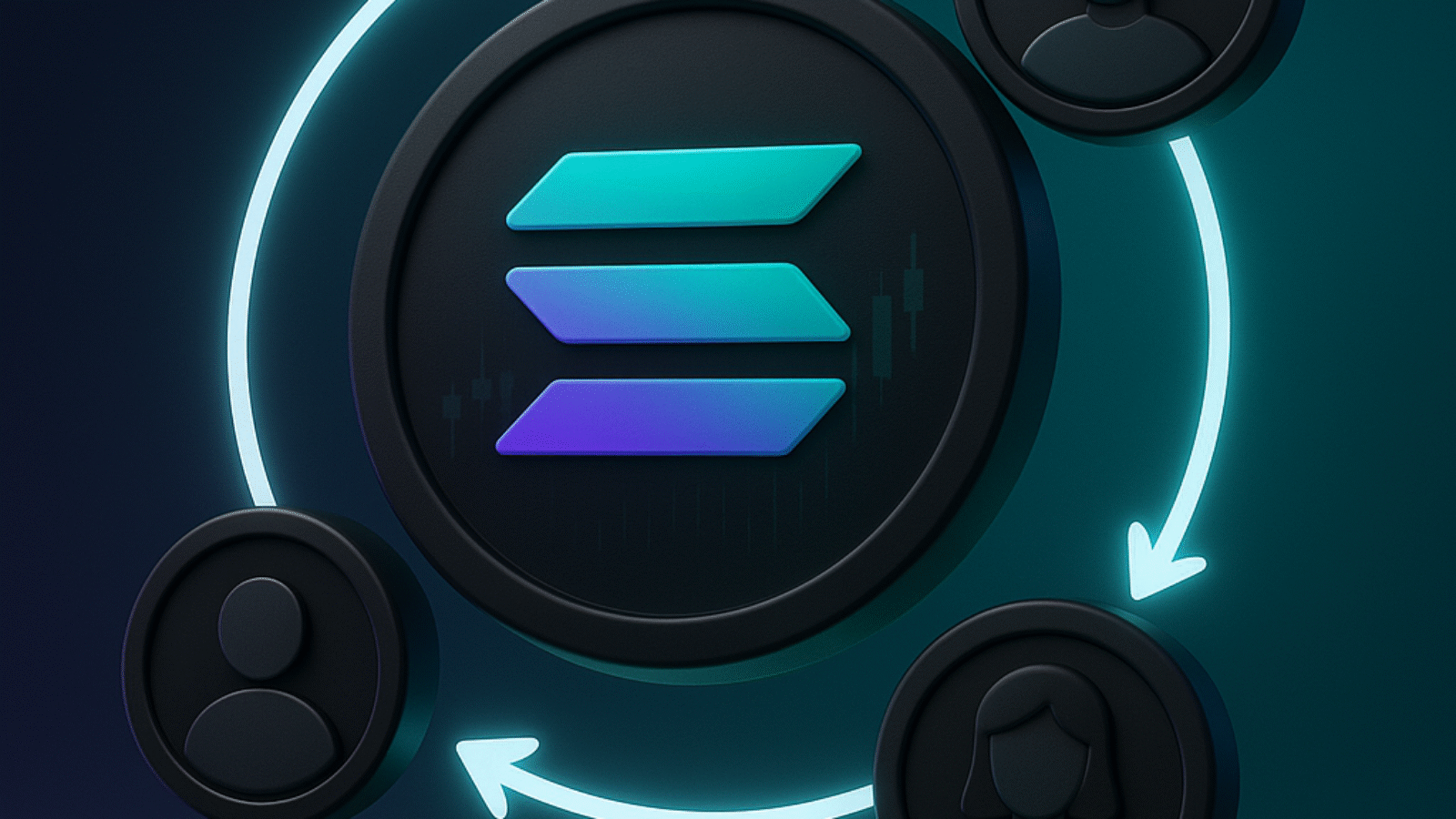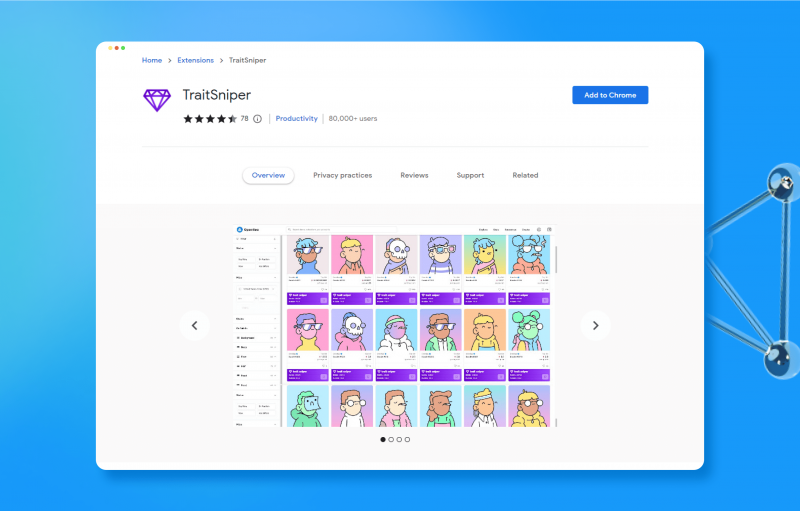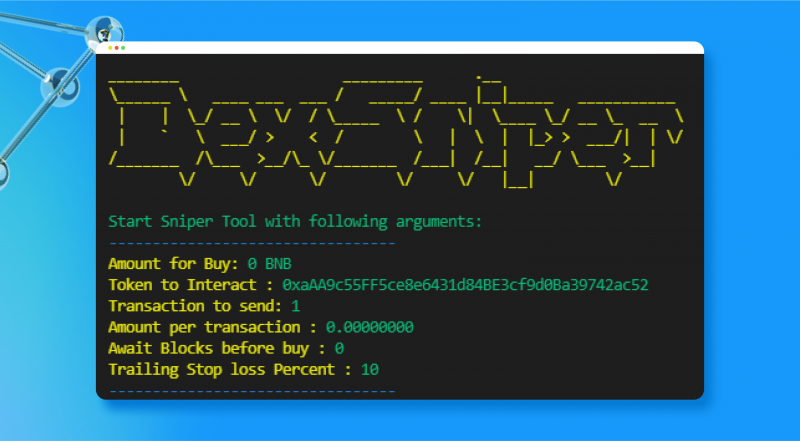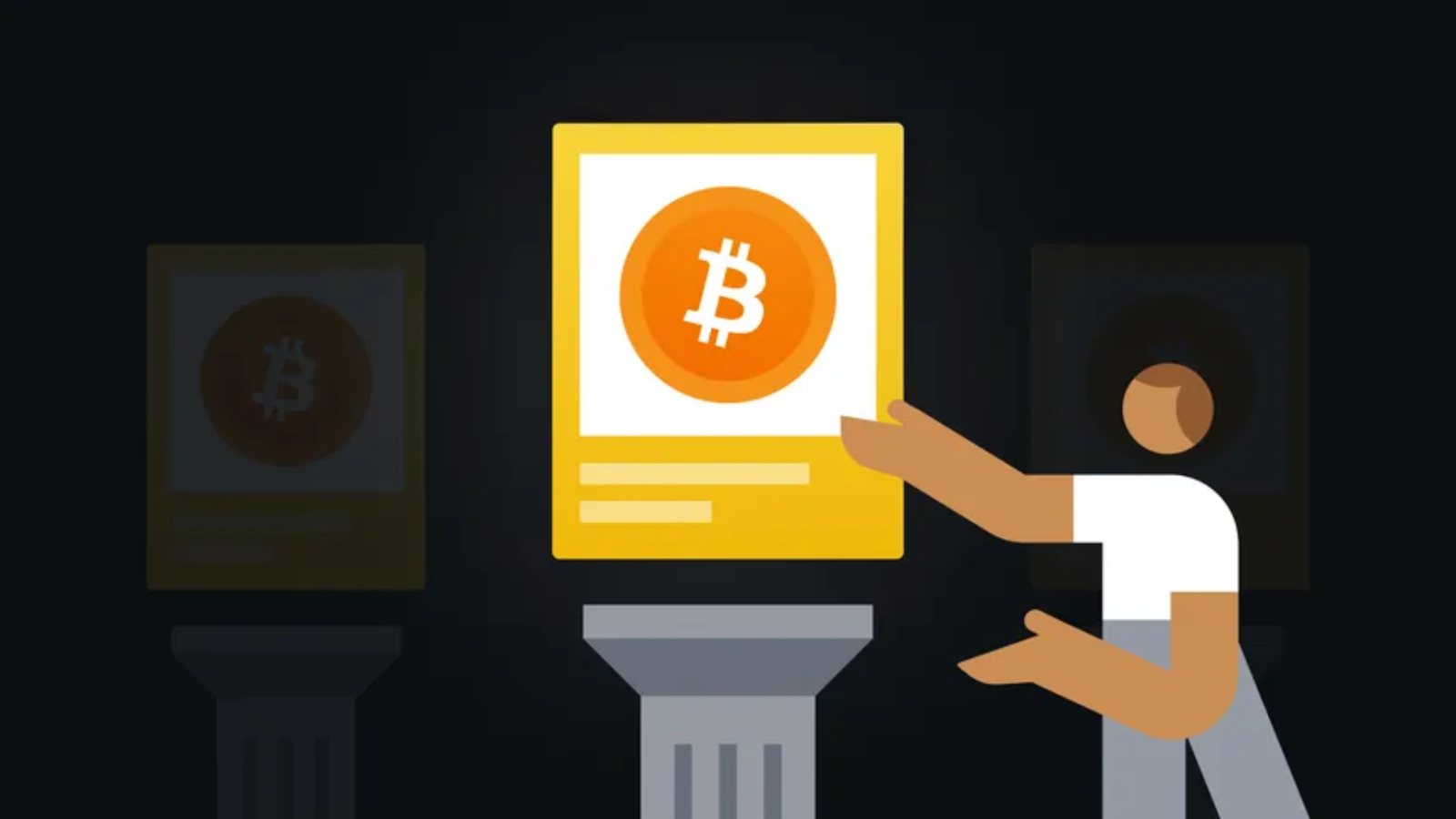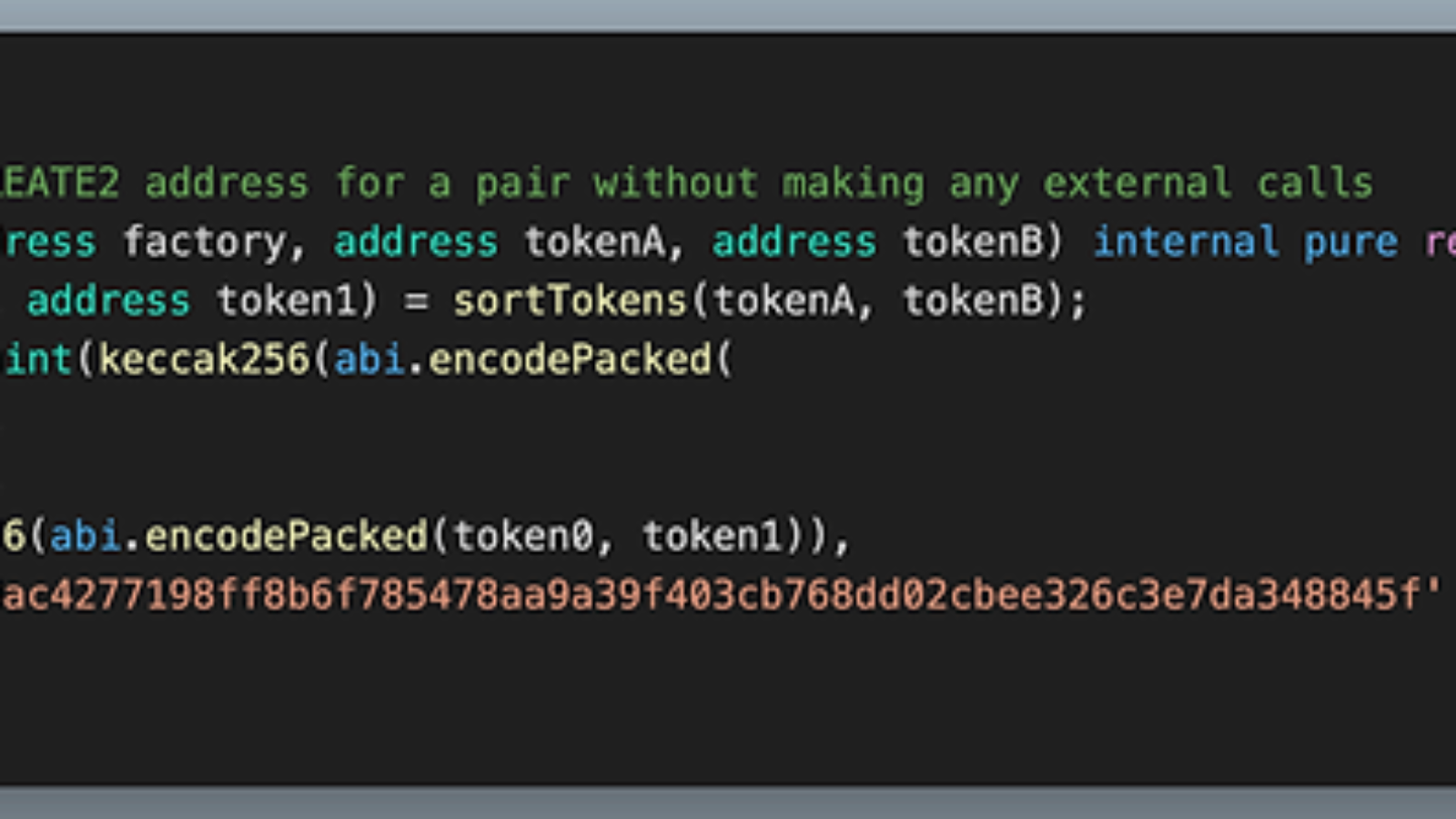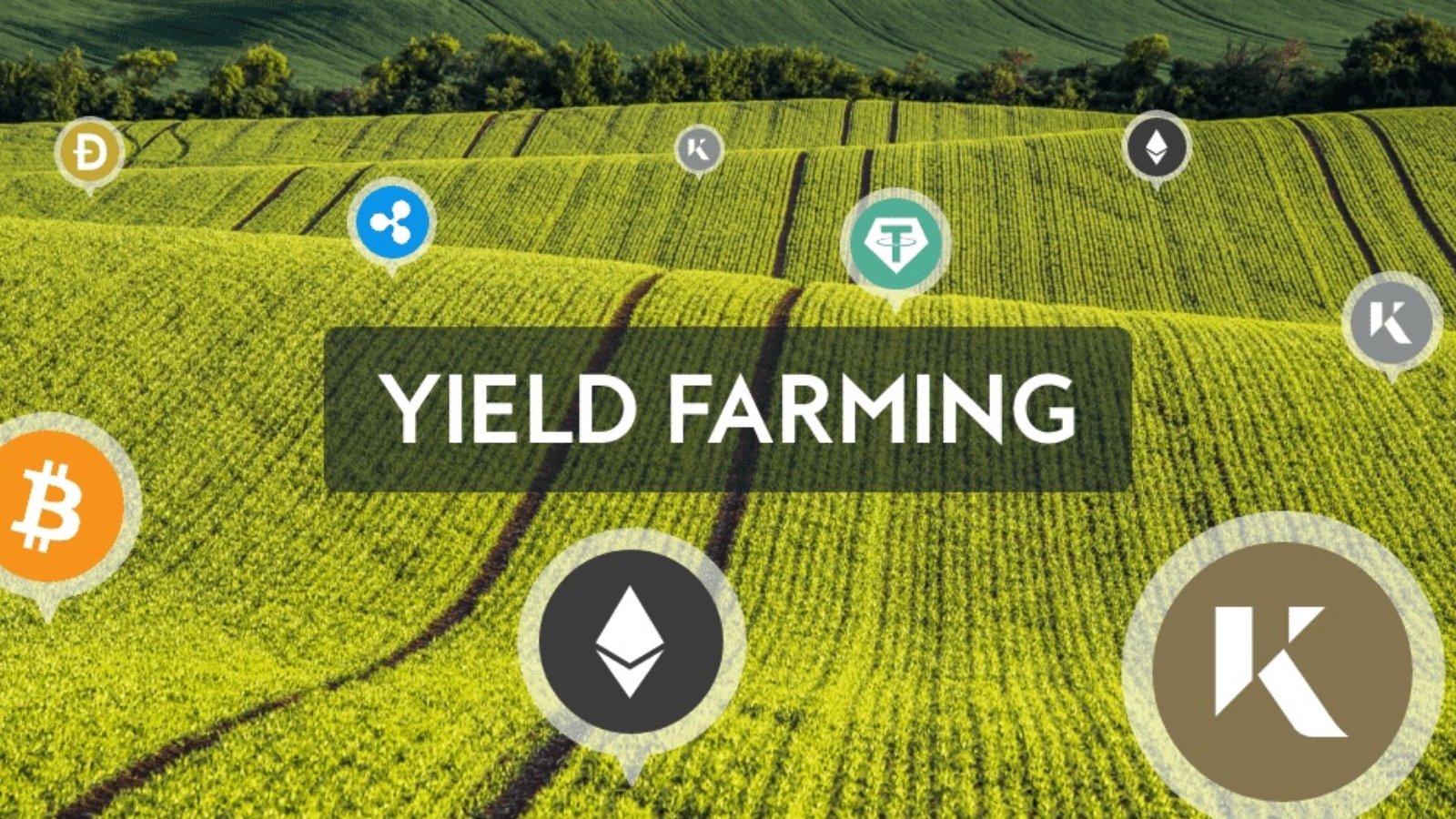1) What is yield farming?
Yield farming, also called liquidity mining or yield harvesting, is a decentralized financial revolution within the DeFi ecosystem.
Yield farming is a unique and innovative way of making more money with your crypto holdings.
It involves locking up (as in staking) your crypto holdings on DeFi liquidity protocols through the wonders of computer programs known as smart contracts, and in return you are rewarded with more crypto.
Lending, borrowing or supplying a DeFi liquidity protocol with your crypto funds to provide liquidity for the pool which enables the protocol to carry out its lending, borrowing and/or token exchange (swapping) services, qualify you to get returns in form of fees or interests from the underlying DeFi platform.
Yield farming enables yield farmers (as the the participants of yield farming are commonly called) to earn fixed or variable interest by investing in a DeFi market protocol.
The concept of yield farming in crypto as the amount of interest (fixed or variable) that’s earned by investing or locking up crypto assets on a DeFi protocol, is one that seems to bode well with the idea of farming in agriculture, in which the measure of yield refers to the total amount of crop that’s grown.
Yield farming gained traction in the summer of 2020, when Compound Finance, the popular DeFi lending and borrowing protocol, launched its own governance token, COMP, as an incentive to attract more users (yield farmers) to its platform, rewarding them with the token for using its services.
But while Compound Finance is credited for popularizing yield farming, as it were, Synthetix, the DeFi platform considered to be the pioneer of liquidity incentives is recognized as the inventor of the concept.
For Synthetix, the idea of yield farming was for liquidity providers on its platform to get a regular annual percentage yield (APY).
Just like the Automated Market Maker (AMM) model, yield farming involves liquidity providers and liquidity pools (smart contracts containing the funds of liquidity providers) on DeFi liquidity protocols (DeFi platforms on which yield farming is done).
Stablecoins such as DAI, USDT, USDC, etc, are commonly used in yield farming because with stablecoins, yield farmers can easily track their gains and losses in the scheme.
This is not a general requirement though, as other cryptocurrencies like Ether (ETH) and any other type of ERC-20 token can be used. Profits or rewards are also paid typically in any type of ERC-20 token.
2) Why do people do it?
Apparently, high gains remain the main reason people get into yield farming.
Coingecko’s research revealed that most yield farmers are not interested in a project. Rather, they are primarily interested in generating profits from their assets through the project.
People lock up their crypto assets in DeFi money market protocols, especially lending protocols, because they are aware of the fact that yield farming can offer them more lucrative interests than a traditional bank when loaning out their funds.
While traditional banks mostly offer between 0.01%-1.00% APY, yield farmers can expect potential returns of up to100% APY.
This is possible considering the fact that some top farmers have already earned as much as 100% APR on popular stablecoins, using a whole host of different strategies.
It is claimed that an insane amount of money has been made over the course of 2020 through yield farming.
In July 2020, Decrypt reported that the DeFi industry was worth whooping $3 billion — surging from $2 billion in just two weeks — then; no thanks to the total value locked (TVL) in the ecosystem.
The sporadic growth was not unconnected to the launch of Compound’s COMP token in June.
But interestingly, by September 2020, CoinDesk claimed that DeFi had seen more than $11 billion in TVL.
Moreover, according to CoinMarketCap data, the total locked value of liquidity pools in yield farming projects has almost surpassed $5 billion, as the entire DeFi market stands at $10.94 billion in total value locked. This means that nearly half of the volume locked in DeFi is involved in yield farming.
This goes to show the enormous potentials of yield farming and the huge faith yield farmers have in it to deliver the goods for them.
Another reason people do yield farming is to accumulate a token (they believe has great potential for price appreciation, but) that’s not on the open market, or has low volume, by providing liquidity to a pool that rewards it.
By adopting a new DeFi project early, you could earn token rewards whose value might skyrocket. You could then either sell the token rewards at this point and make a nice profit or choose to compound your gains by reinvesting the profit made from the sale.
Because interest rates on borrowed crypto funds on some DeFi money markets are very low, even sometimes as low as 1% APY, compared to the traditional bank rates, many crypto borrowers are encouraged to use such platforms which are also core to yield farming, to afford themselves the opportunity to enjoy the low interest rates offered on the loan borrowed.
In this sense people use yield farming to get low interest loans because it’s a scheme that is known to make the world of securing loans easier for everyone.
Finally, some projects do yield farming to help them attract initial liquidity needed to hit the ground running.
3) How do you yield-farm on a high level?
– how are liquidity mining and ‘pools’ involved?
Since doing yield farming on a high level connotes maximizing profits or making huge gains through the scheme, it’s advisable you have enough funds to use because those who are really making huge profits often have a lot of capital behind them.
You typically need to have a large capital for you to make any significant profit in yield farming. Even thousands of dollars can be at risk of being lost (due to high volatility of crypto and DeFi tokens, in particular), talk less of an investment of just $100 or $1000 which could result in a net loss.
Also worthy of note is the fact that yield farming is a highly competitive and fast-paced money game, with some level of complexity in strategies and intricacies involved.
You must also be aware that strategies used in yield farming change quite often because, as a strategy becomes well known, it loses its effectiveness in delivering huge gains.
That’s why yield farmers often look out for and/or create new and more effective strategies to maximize returns.
Therefore, you must have the necessary technical know-how (of liquidity protocols and the Ethereum blockchain) and the financial skin to be able to stake a substantial claim to insanely massive returns that top yield farmers make.
That said, here are the basics of how to start your journey towards yield farming on a high level.
As mentioned earlier, yield farming works closely to the automated market maker (AMM) model which involves liquidity providers (LPs) and liquidity pools.
Liquidity pools are computer programs known as smart contracts which contain the crypto funds deposited into liquidity protocols.
These liquidity pools enable the DeFi protocols or platforms to carry out their lending, borrowing and token swapping/exchange services. So basically, liquidity pools power liquidity protocols’ financial services.
Now, as a liquidity provider, you deposit your crypto funds (typically stablecoins, but any other type of ERC-20 or ETH can also be used) into a liquidity pool of a liquidity protocol of your choice.
The usage of this protocol by its users incurs fees or interest (if it’s a lending platform). The fees or interests generated by the protocol are then paid out to every liquidity provider like you who added funds to the protocol’s pools (to help it carry out its financial services).
Each liquidity provider is given a share of the fees or interest according to the amount of funds or lending capital he contributed to the liquidity pool.
This means the profit you make on the platform is determined by the amount you put into the platform’s liquidity pool.
Hence, it is highly recommended to do yield farming with a large capital so you can earn good returns.
Then, to multiply your profit, you can look for other pools on the same protocol that offer better returns than the previous one and reinvest the profit there.
Or you might want to check out another protocol that promises higher yields and reinvest the profit there.
In essence, you can create some complex investment strategies by reinvesting reward tokens into other liquidity pools, which in turn provide multiple reward tokens.
Now, a great way to generate lucrative returns in yield farming today, besides your normal yields, is by benefiting from a protocol’s liquidity mining.
What is liquidity mining? Liquidity mining is the process of distributing a token to the users of a liquidity protocol.
DeFi protocols use liquidity mining to incentivize users for using their platforms.
For example, protocols can distribute their native tokens to their users (i.e liquidity providers, lenders, borrowers and traders) to incentivize them to use its services.
Liquidity mining is also a strategy by protocols to attract more users who will bring more liquidity to the platforms.
Liquidity mining is an added incentive for liquidity providers or yield farmers to gain additional rewards, besides earning normal returns on their staked assets.
4) What are some projects that are involved?
Below are some of the DeFi platforms that are very core to yield farming strategies and which are also the most popular among yield farmers.
1. Compound Finance
Compound Finance is an algorithmic DeFi lending and borrowing protocol that allows users to lend and borrow crypto assets.
On the platform, anyone with an Ethereum-focused wallet can add crypto assets to its liquidity pool and earn rewards which start to compound instantly and whose rates are algorithmically adjusted based on demand and supply.
Compound Finance is the decentralized application (dapp) credited for boosting the popularity of yield farming.
2. Synthetix
Synthetix is a synthetic asset (or derivatives liquidity) protocol that allows anyone to stake or lock up Synthetix Network Token (SNX), its native token, or ETH, as collateral and mint synthetic assets against it.
The DeFi money market, recognized for originating yield farming or the original incentives scheme, first introduced an sETH-ETH pool that offers an extra incentive of SNX rewards to its liquidity providers (LPs).
3. Aave
Just like Compound Finance, Aave is a decentralized protocol for lending and borrowing crypto assets whose interest rates are adjusted algorithmically, based on current market conditions (such as supply and demand).
Crypto lenders get “aTokens” (tokens representing the deposited funds in a liquidity pool) in return for their funds. These tokens immediately start earning and compounding interest upon depositing (just like on the Compound Finance).
As a popular DeFi lending and borrowing protocol, Aave is heavily used by yield farmers.
4. MakerDAO
Maker is a decentralized credit platform that supports the creation of DAI, a stablecoin that mirrors or reflects the value of USD.
Anyone can open a Maker Vault where they lock collateral assets (against which they are able to obtain crypto loans) such as ETH, BAT, USDC, or WBTC.
The users can generate the DAI stablecoin as debt against their locked collateral assets on the crypto credit platform.
5. Uniswap
Uniswap is a decentralized exchange (DEX) protocol that allows for trustless token swaps.
On Uniswap, liquidity providers deposit an equivalent value (e.g.50/50) of two tokens (e.g. UNI and SNX) to create a market.
Traders can then trade against that liquidity pool (e.g. UNI/SNX). In return for supplying liquidity, liquidity providers earn fees from trades that happen in their pool.
Uniswap, which had $2.06 billion worth of crypto assets locked in, in September, has been one of the most popular platforms for trustless token swaps due to its frictionless nature.
6. Curve Finance
Curve Finance is a decentralized exchange (DEX) protocol specifically designed for efficient stablecoin swaps.
Unlike other similar protocols like Uniswap, Curve Finance allows users to make high-value stablecoin swaps with relatively low slippage (i.e the difference between the price an order is expected to fill and the price at which it eventually fills).
Being a DeFi protocol with high- value swaps, Curve Finance is an important part of the yield farming ecosystem which has an abundance of stablecoins.
7. Balancer
Balancer is a liquidity protocol that functions just like Uniswap and Curve.
However, its main difference from these two is that it allows for custom token allocations in a liquidity pool.
This custom token allocation model allows Balancer’s liquidity providers to create custom Balancer pools instead of the 50/50 allocation model known with and required by Uniswap.
Balancer therefore is a key innovation for yield farming strategies as a result of the flexibility it brings to liquidity pool creation.
8. Yearn.finance
Yearn.finance is a decentralized aggregator service for DeFi lending protocols such as Aave, Compound, and others.
The service aims to optimize token lending by algorithmically finding the most profitable lending services of DeFi investors.
On Yearn.finance, funds are converted to yTokens after being deposited and they periodically rebalance to maximize profit.
Yearn.finance is very handy for yield farmers who want a protocol that automatically would choose the best strategies for them to maximize returns.
5) What are some usual profits/gains that ppl can get from this?
For providing liquidity to a liquidity pool, liquidity providers or yield farmers earn rewards such as fees and interests and native/governance token rewards.
These fees are generated by the liquidity protocol from its users who pay a certain amount for using the protocol.
Borrowers are charged some interest rates which may be fixed or not, depending on the terms of the protocol and the price of the tokens involved.
Lending protocols charge different interest rates from their borrowers. Some rates are fixed while others are not.
Yield farmers who choose to lend their digital assets on a lending protocol are rewarded with interests incurred by the borrowers of the assets on the protocol.
A liquidity protocol that has a governance or native token — which gives its holders the rights to have a say on the governance and improvement of the protocol that distributes it — usually rewards its liquidity providers with the token for supplying to its pool(s) or for lending their crypto assets out on the platform if the platform is into lending services.
6) What are some creative strategies ppl have done?
The most common creative strategy employed by yield farmers who are searching for high gains is to move their funds from one DeFi protocol to another quite often.
Here are a few creative strategies (used by other yield famers) that you can use to supercharge your earnings.
1. Leverage: This is a strategy of using your borrowed funds to increase your earning potentials by further depositing the funds as a collateral to borrow more funds. You can again put down these borrowed funds as a collateral to borrow more funds yet again, and on and on like that.
By repeating this process, you can leverage your initial capital a few times to earn massive profits on the initial capital.
2. Another strategy is, for example, to deposit the DAI stablecoin into a lending protocol like Compound and then borrow the deposited DAI tokens (which were used as a collateral) and lend them out to others. The idea behind this is to earn a greater portion of the allocated reward tokens of the protocol that is being used.
3. Another strategy is a Compound Finance-focused strategy that is used to maximize returns on borrowed funds on the lending and platform:
a. Because you receive COMP tokens in the form of cashback for borrowing digital assets, you should borrow more funds so you can unlock more COMP tokens.
b. If the cashback you receive on your borrowed funds is worth more than the cost of the fees you pay on the borrowed funds, then you can keep on borrowing funds on the platform so as to earn or farm more cashback rewards.
4. Staking LP tokens
Some protocols incentivize their users for staking their liquidity provider tokens or LP tokens in a particular liquidity pool.
For example, you can stake your cDAI or sBTC into a Curve/BTC liquidity pool and for doing this the Curve protocol will reward you with its CRV tokens.
You can further stake these cBTC tokens on for instance Synthetix Mintr where you can be further rewarded with other tokens such as BAL, REN or SNX tokens.
With this strategy, you can earn more reward tokens with your initial reward tokens by staking the initial reward tokens on different liquidity pools or protocols that provide incentives for your participation.
5. One other strategy is for both lenders and borrowers.
As a lender, you can deposit your coins into a lending pool that has the highest interest rate so as to earn higher returns.
As a borrower, the strategy is to borrow a loan that incurs the highest interest rate so as to receive higher compensation.
Both lenders and borrowers that lend and borrow funds with the highest interest rate are rewarded more than those with low interest rates.
This strategy is associated with Compound finance.
NOTE: You should understand that strategies change and yield farmers are quick to abandon any strategy that is no longer bringing profits to them and then look for new or more effective or profitable strategies.
7) What are the risks for doing this?
1. Theft:
Software hackers are always looking for vulnerabilities in crypto or DeFi projects to exploit, so as to have access to their funds and steal them. There are attack vectors specific to DeFi projects whose purpose is to drain certain liquidity pools.
On November 11, it was reported that hackers have stolen $100 million from DeFi projects so far in 2020.
2. Loss of token value
Cryptocurrency volatility is still a big concern in the yarm farming ecosystem, as the digital assets you have managed to accumulate may suddenly lose their value and be worth nothing. Case in point: YAM tokens and HotdogSwap.
YAM token went from $60 million in market value, to zero in just 35 minutes, while HotdogSwap which surged to $5,000 at a point, but shed 99.9% of its value hours after launch, by dropping from $4,000 to $1 in 5 minutes.
3. Smart contract bugs
Smart contracts are prone to bugs which if not audited or not well audited, could lead to permanent loss of funds due to the immutable nature of the blockchain upon which these smart contracts are developed.
For example, the team behind the YAM token were attempting to fix a bug in their project’s code, but were not successful as this led to the outright evaporation of the value of the token.
Another example is BZx, a decentralized lending protocol, in one of a series of hacks on its platform which resulted in some funds being stolen, due to the exploitation of a bug in its project’s code.
4. Regulation
Regulators are yet to bear their minds on whether reward tokens “are” or “could become” securities. Unfavorable decision by the regulators may have a negative impact on the tokens’ use and value.
5. Liquidation
In a situation where there is a violent market crash or a crypto collateral falling below the threshold required by the borrowing protocol, such collateral will be liquidated, causing the borrower to lose the funds he’s borrowing against.
6. Composability
The nature of DeFi infrastructure makes its protocols to be composable, meaning they can integrate with each other seamlessly. They are building blocks which rely on each other heavily.
The implication of this for yield farmers and liquidity pools is that, if a protocol which is one of the building blocks (which are interdependent) does not function as intended, it could affect other protocols, not to mention their liquidity pools and funds in them.
7. Price manipulation
Crypto whales may manipulate price movements by depositing funds into lending and borrowing protocols and borrowing back the funds they deposited themselves.
They do this to create artificial demand which can in turn inflate the price of the token so they can get high returns or capture the vast majority of rewards.
This strategy benefits yield-farmers with large crypto holdings and leave the small traders on the losing side.
8) Are ppl still doing this or not as much?
Though the boom that brought yield farming into a lot of people’s consciousness in the summer of 2020 has somewhat died down, the concept is still much around, as some still see the possibility of earning some massive returns on their assets compared to what obtains in traditional finance.
For example, in September, BNB’s price shot up to over 33% to reach new yearly highs, after BurgerSwap, a SushiSwap clone and the latest DEX which is aiming to improve upon Uniswap with a unique incentive model and community governance, announced that it would have Binance coin (BNB) pairs, which would provide a fresh use case for yield farmers holding BNB tokens.
Subsequently, the BurgerSwap token was reported to have ranked high along with BUSD (Binance’s stablecoin) in terms of trade volumes on the Binance Smart Chain (BSC).
Judging from this BurgerSwap (which is the first of its kind to be developed on the EVM-compatible Binance Smart Chain)’s story therefore, it clearly shows that people’s interest in yield farming is not abating — at least for now — as some are still exploiting every money-making opportunity that yield farming has to offer them.
9) What’s the future of this area?
While some see yield farming see the scheme as a phenomenon that’s fast moving towards being a widely-adopted investment strategy among cryptocurrency holders, others believe that yield farming is a fad.
And while it may be difficult to accurately predict what the future holds for yield farming, the general consensus in the crypto community is that yield farming is a bubble that will burst, someday.
Reaching such a consensus isn’t that far-fetched, considering among other things, yield farming’s volatile nature, the similarity that it shares with the 2017 ICO bubble, and the number of “flash farming” projects that have been forgotten, having held sway for a short period of time.
But if its increasing adoption as a more lucrative alternative investment strategy, the deeper meaning it has given DeFi money markets as effective tools for making more accessible financial system available to anyone with an Internet connection, among other things, are anything to go by, then yield farming could still have something to offer in the nearest future.
The scheme could develop into something more sustainable, if the huge risk associated with it is brought to a bearest minimum, plus if the recently launched Ethereum 2.0 could deliver on its promised scalability, gas fee reduction, among other issues, since most of (if not all) of yield farming activities happen on the Ethereum blockchain, at least for now.

 Cart is empty
Cart is empty 



